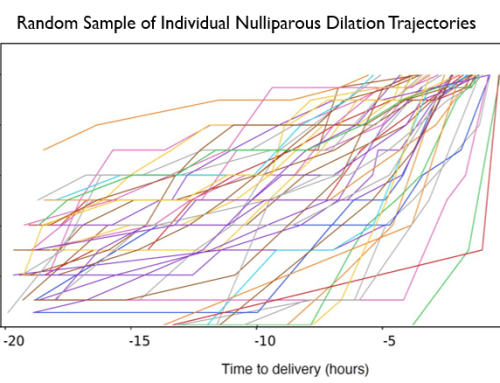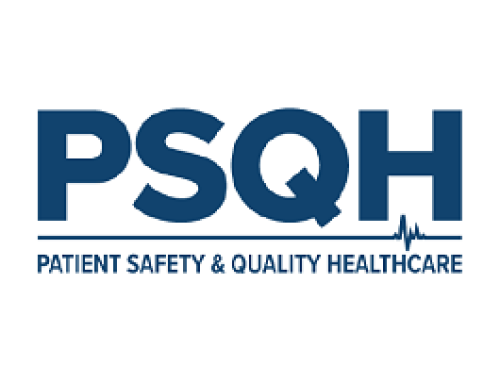Maternal Mortality in the U.S. Has Reached a Crisis Stage.
Early Warning Systems are being deployed to help.
Despite having the best-trained clinicians with access to the most sophisticated equipment, the United States has the worst maternal morbidity in the developed world. Our 26.4 deaths per 100,000 live births is nearly three times the next highest country – and that rate continues to rise.
What’s worse is that of the 700 to 900 maternal deaths each year, over half are considered preventable. The challenge is recognizing the warning signs of preventable bad outcomes soon enough in an L&D environment where:
- More patients than ever have problematic co-morbidities such as obesity, hypertension and diabetes
- Oxytocin is used more frequently to induce labor, adding to the risk
- Large numbers of experienced nurses are retiring, leading to significant nurse shortages and less-experienced nurses in the L&D unit
- Alarm fatigue from the wide variety of devices often means important alerts get lost in the noise
In light of these reports, the House Ways and Means Committee has launched an investigation to determine why maternal mortality and morbidity rates are rising in America and what federal agencies, states, and hospitals are doing and can do to address this issue.
One powerful approach is to deploy maternal-fetal Early Warning Systems (EWS), which to date have been endorsed by 21 obstetric societies as a way to combat the high rate of mortality in the US. Using artificial intelligence and other analytical techniques, an EWS can scan data such as fetal heart rate signals, contractions, and vital signs in real time to identify concerning trends in a timely, standardized, and consistent fashion, providing valuable information that has been demonstrated to drive better outcomes.
To learn more about the growing crisis of maternal mortality, download this infographic or read CEO Matthew Sappern’s thoughts about how healthcare IT that is powered by AI can help solve the maternal mortality and morbidity crisis, as shared with Becker’s Hospital Review.









